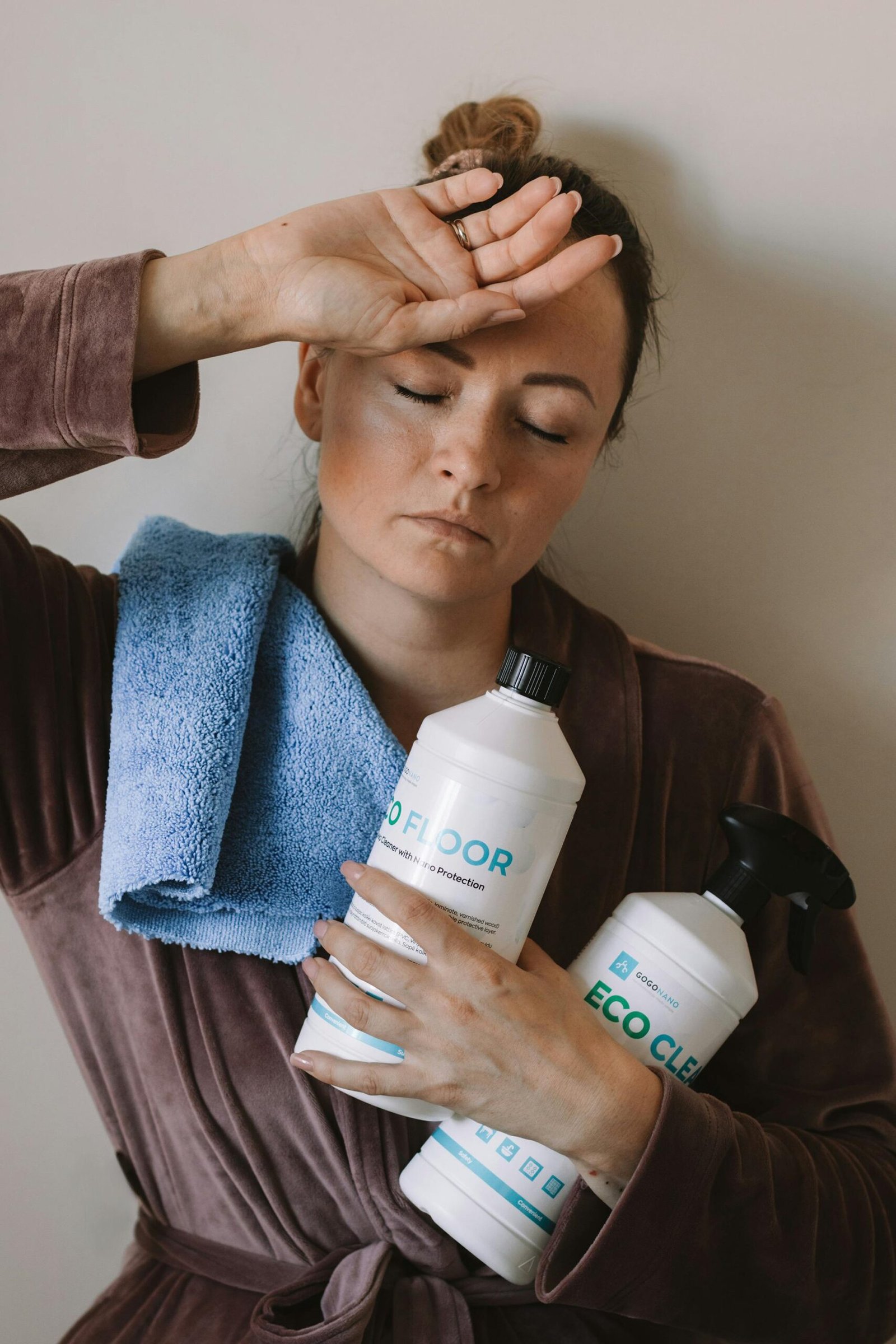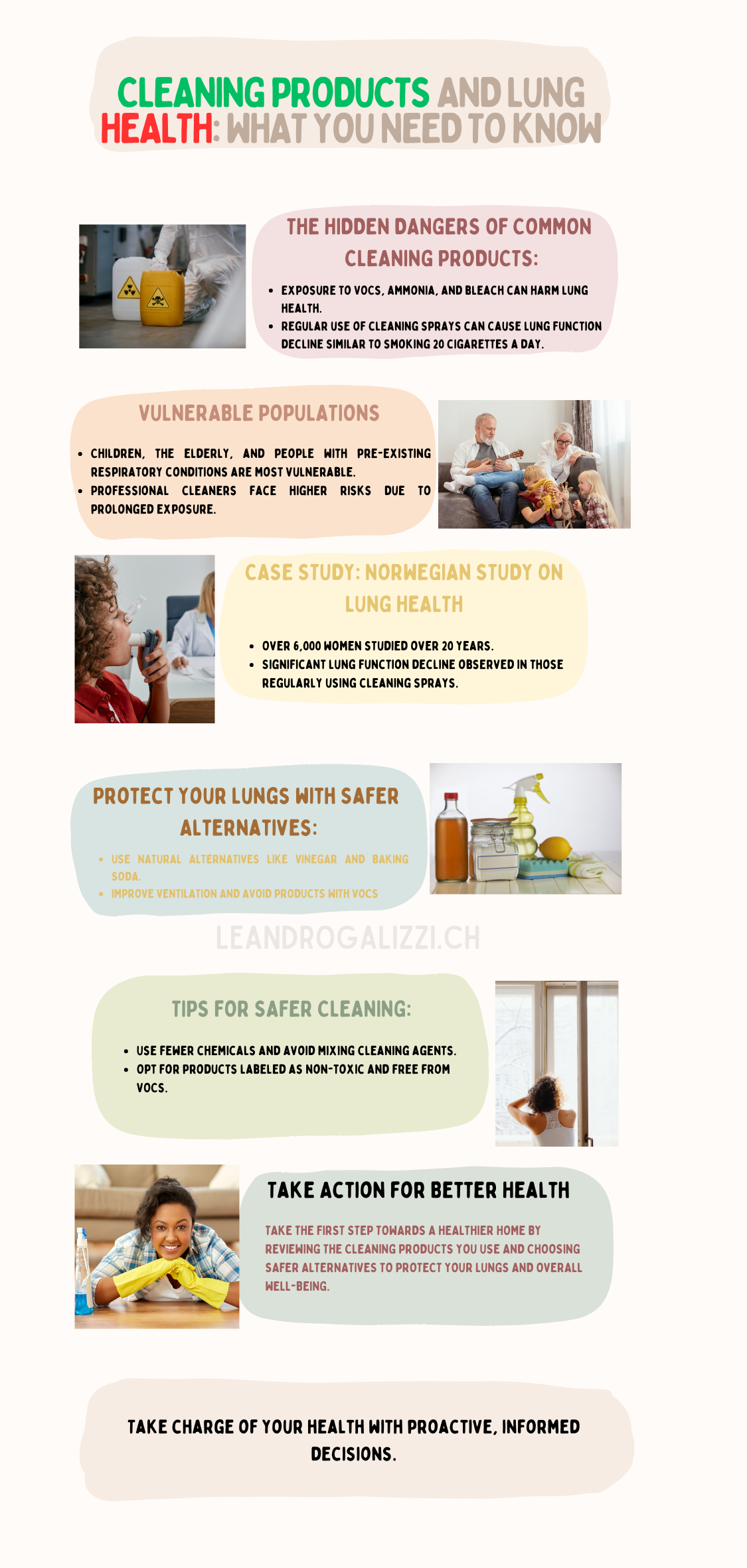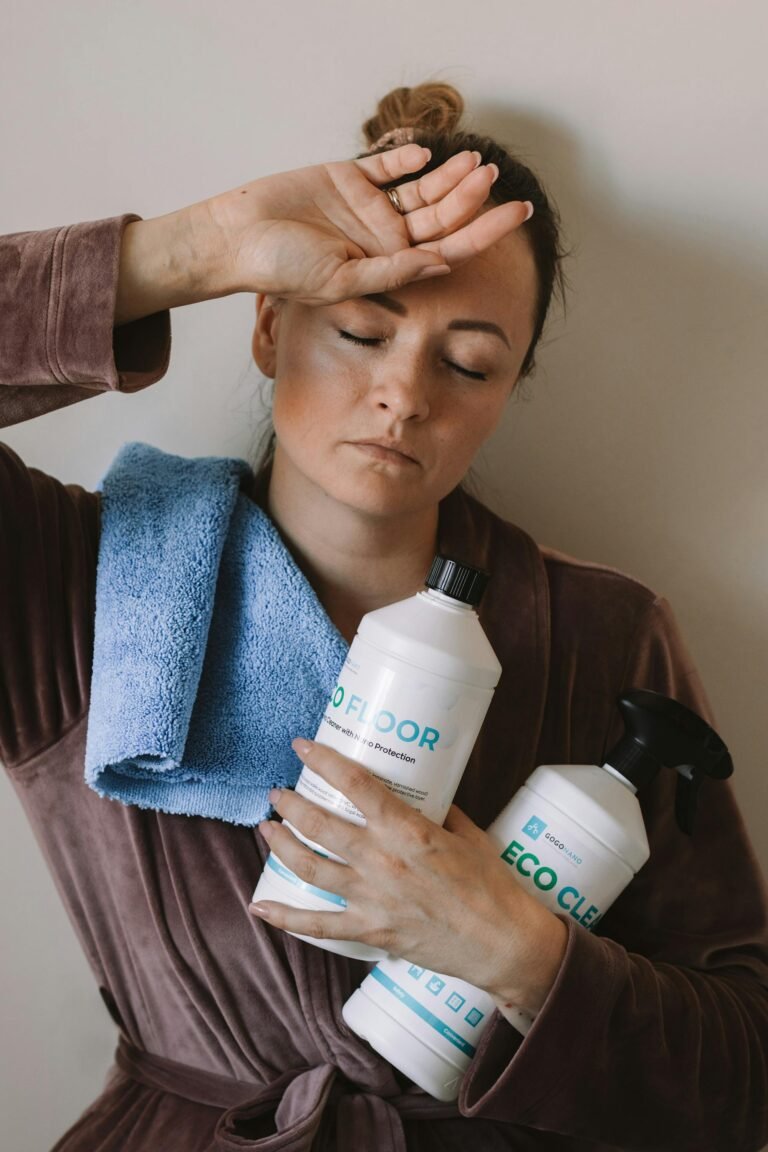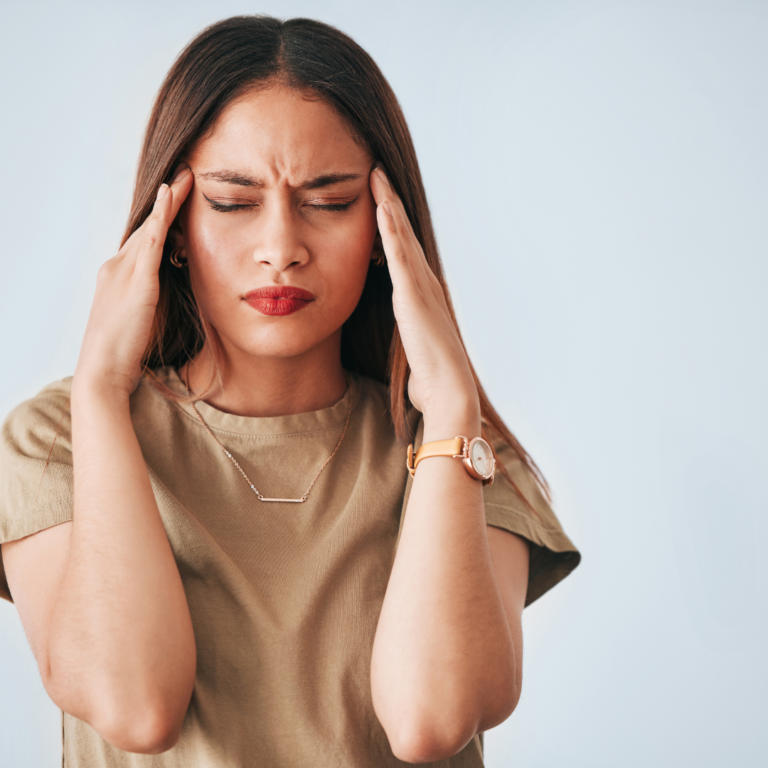Cleaning Products and Lung Health: What Every Household Should Know

- The Hidden Dangers of Household Cleaning Products
- Chemicals in Cleaning Products and Their Impact on Lungs
- Case Study: The Norwegian Study on Cleaning Products and Lung Function
- Vulnerable Populations and Increased Risks
- Safer Alternatives and Best Practices
- Conclusion
Cleaning products are a staple in most households, perceived as essential for maintaining a hygienic and healthy living environment. However, what many people don’t realize is the impact of these cleaning products on lung health. These products may introduce harmful chemicals into the air we breathe, posing significant risks to our respiratory system.
In recent years, research has increasingly highlighted the dangers associated with prolonged exposure to household cleaning products. For some, the impact on lung health can be as severe as smoking a pack of cigarettes a day. This blog post explores the hidden risks of common cleaning products, the populations most vulnerable to their effects, and safer alternatives to protect your respiratory health.
Understanding these risks is crucial for anyone who regularly uses cleaning products, especially for families with young children, the elderly, and those with pre-existing respiratory conditions. The goal of this post is to raise awareness about the potential hazards lurking in our cleaning cabinets and to provide practical advice on how to mitigate these dangers.
The Hidden Dangers of Household Cleaning Products
Chemicals in Cleaning Products and Their Impact on Lungs
Household cleaning products often contain a variety of chemicals designed to tackle tough stains, kill bacteria, and leave surfaces looking spotless. However, these chemicals, such as volatile organic compounds (VOCs), ammonia, and bleach, can have serious consequences for our respiratory health.
When inhaled, VOCs can irritate the lungs and airways, leading to a decline in lung function over time. Ammonia and bleach, commonly found in cleaning sprays and disinfectants, are also known to cause irritation to the respiratory tract. The cumulative effect of regular exposure to these chemicals can be substantial, particularly for those who clean frequently or work in environments where these products are used extensively.
One alarming study highlighted that regular use of cleaning sprays could lead to a decline in lung function comparable to smoking 20 cigarettes a day. This is particularly concerning as it suggests that even seemingly innocuous activities like cleaning the kitchen or bathroom can have long-term impacts on our lung health.
Case Study: The Norwegian Study on Cleaning Products and Lung Function
In a landmark study conducted in Norway, researchers followed over 6,000 women for more than 20 years to assess the impact of cleaning products on lung health. The study found that women who regularly used cleaning sprays at home experienced a significant decline in lung function over time, comparable to the lung damage caused by smoking a pack of cigarettes daily.
The study measured two key indicators of lung health: forced expiratory volume in one second (FEV1) and forced vital capacity (FVC). Both of these measures declined more rapidly in women who frequently used cleaning products, particularly sprays. The researchers hypothesized that the chemicals in these products cause irritation and inflammation in the airways, leading to long-term damage.
These findings are a stark reminder of the hidden dangers associated with everyday cleaning products. For those who clean their homes regularly, this study underscores the importance of being mindful of the products we use and considering safer alternatives to protect our lung health.
Vulnerable Populations and Increased Risks
Who is Most at Risk?
Certain groups are more vulnerable to the effects of cleaning products, and understanding who is at risk can help in taking appropriate precautions. Children, for instance, have developing lungs and immune systems, making them particularly susceptible to the harmful effects of chemical exposure. Studies, including the PIAMA birth cohort study, have shown that exposure to cleaning agents in childhood can increase the risk of developing respiratory issues such as asthma and rhinitis as they grow older.
Similarly, the elderly and those with pre-existing respiratory conditions like asthma or chronic obstructive pulmonary disease (COPD) are at greater risk. For these individuals, the inhalation of harsh cleaning chemicals can exacerbate symptoms and lead to a faster decline in lung function.
Occupational Hazards for Professional Cleaners
Professional cleaners are another group at heightened risk. Due to their prolonged and frequent exposure to cleaning products, they face a higher likelihood of developing respiratory problems. Research has consistently shown that professional cleaners have an increased risk of asthma and other respiratory conditions, with symptoms often similar to those experienced by smokers.
The environment in which professional cleaners work often involves confined spaces with limited ventilation, further increasing their exposure to harmful chemicals. This combination of factors makes it imperative for professional cleaners to be aware of the risks and to use protective measures such as masks and gloves to reduce exposure.
Safer Alternatives and Best Practices
How to Protect Your Lungs While Cleaning
Given the potential health risks associated with conventional cleaning products, it is crucial to adopt safer cleaning practices to protect your lungs and overall health. One of the most effective ways to reduce exposure is by choosing cleaning products that contain fewer harmful chemicals. Opt for products that are free from volatile organic compounds (VOCs), ammonia, and bleach, and instead, look for natural, non-toxic alternatives.
Improving ventilation during and after cleaning is also essential. Open windows and doors to allow fresh air to circulate and reduce the concentration of airborne chemicals. Additionally, consider wearing a mask when using cleaning sprays or working in enclosed areas to minimize inhalation of harmful substances.
For those interested in learning more about the dangers of common household cleaning products, the Environmental Working Group’s Guide to Healthy Cleaning offers valuable insights and safety scores for various products available on the market.

DIY Cleaning Solutions
Creating your own cleaning solutions at home is another excellent way to ensure you know exactly what chemicals you’re exposing yourself and your family to. Simple ingredients like vinegar, baking soda, and lemon juice can be combined to make powerful, non-toxic cleaners.
For example, a mixture of vinegar and water can be used to clean glass surfaces, while baking soda is an excellent abrasive for scrubbing sinks and bathtubs. Adding a few drops of essential oils like tea tree or lavender can enhance the cleaning power while also providing a pleasant scent. However, it’s important to note that some essential oils may still cause respiratory irritation in sensitive individuals, so use them sparingly and with caution.
Conclusion
The use of household cleaning products is a daily reality for many, but it’s one that comes with hidden health risks. As research increasingly shows, the impact of these products on lung health can be severe, often comparable to smoking. For those who regularly clean their homes or work in cleaning professions, the importance of understanding these risks and taking steps to minimize exposure cannot be overstated.
By choosing safer cleaning products, improving ventilation, and considering natural alternatives, you can significantly reduce the potential harm to your lungs and overall health. It’s time to re-evaluate what’s in your cleaning arsenal and make informed choices that prioritize the well-being of you and your loved ones.
Are you ready to make the switch to safer cleaning practices? Start by assessing the products you currently use and exploring alternatives that are better for your health and the environment. Your lungs will thank you.
References
- Svanes Ø, Bertelsen RJ, Lygre SHL, et al. Cleaning at Home and at Work in Relation to Lung Function Decline and Airway Obstruction. American Journal of Respiratory and Critical Care Medicine. 2018;197(9):1157-1163. doi:10.1164/rccm.201712-2381OC.
- Bukalasa JS, Brunekreef B, Koppelman GH, Vonk JM, Gehring U. Use of Cleaning Agents at Home and Respiratory and Allergic Symptoms in Adolescents: The PIAMA Birth Cohort Study. Environment International. 2019;128:63-69. doi:10.1016/j.envint.2019.03.049.
- Zock JP, Plana E, Jarvis D, et al. The Use of Household Cleaning Sprays and Adult Asthma. American Journal of Respiratory and Critical Care Medicine. 2007;176(8):735-741. doi:10.1164/rccm.200612-1793OC.
- Environmental Working Group. Cleaning Products and Lung Health: Safer Alternatives and Best Practices. Available from: https://www.ewg.org/guides/cleaners. Accessed August 2024.






